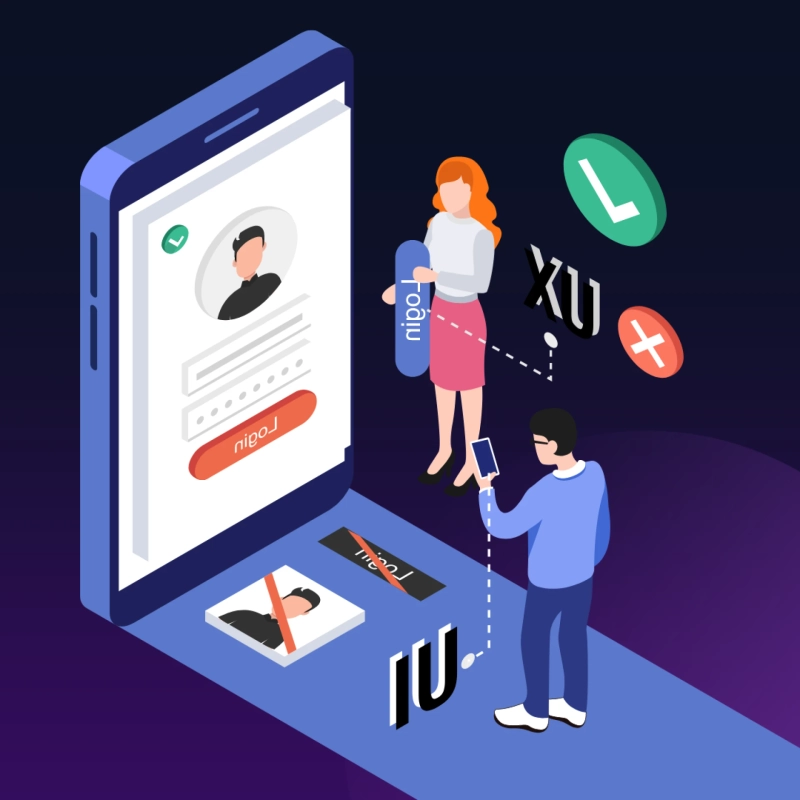Introduction:
In the rapidly evolving landscape of technology, wearables have become an integral part of our daily lives. Android Wear OS, developed by Google, is a prominent platform for wearable devices, offering a unique opportunity for developers to create innovative apps tailored for smaller screens. In this blog post, we will delve into the essentials of Android Wear OS development, guiding you through the process of building apps for wearables.
Understanding Android Wear OS:
Android Wear OS is an extension of the Android operating system specifically designed for smartwatches and other wearables. It provides a platform for developers to create applications that seamlessly integrate with wearable devices, enhancing user experience and functionality.
Getting Started with Android Wear OS Development:
Setting Up the Development Environment: To embark on your journey into Android Wear OS development, ensure you have Android Studio installed. Android Studio is the official IDE for Android development, offering a dedicated platform for creating applications for wearables.
Creating a Wearable Project: Start a new project in Android Studio and select the "Wear OS" template. This template includes configurations tailored for wearable devices, saving you the hassle of adjusting settings manually. It\'s the ideal starting point for your wearable app development.
Design Considerations: Due to the limited screen of real estate on wearables, designing user interfaces requires careful consideration. Prioritize essential information and actions, keeping interactions concise and user-friendly. Leverage Android\'s Material Design guidelines to ensure a cohesive and intuitive user experience.
Building Your First Wearable App:
Defining Wearable Features: Identify features that are well-suited for wearable devices. Common functionalities include notifications, fitness tracking, voice commands, and quick interactions. Tailor your app to provide value in the context of a smaller, portable device.
Utilizing Wearable APIs: Android Wear OS provides APIs that allow your app to seamlessly interact with wearable features. For example, the Data Layer API facilitates communication between a handheld device and a wearable, enabling synchronized data exchange.
Testing on Emulators and Wearable Devices: Android Studio provides emulators for testing your wearable app. Additionally, consider testing on physical devices to ensure accurate performance and user experience. Debugging on wearables may require additional attention due to the unique form factor and input methods.
Optimizing for Performance:
Battery Efficiency: Wearables are battery-dependent, making power efficiency a crucial aspect of development. Minimize background processes, optimize code, and use energy-efficient APIs to ensure your app doesn\'t drain the device\'s battery quickly.
Responsive Design: Design your app to be responsive to various screen sizes and resolutions. Android Wear OS supports a range of devices, so ensuring a consistent experience across different wearables is vital for user satisfaction.
Conclusion:
Android Wear OS development offers an exciting avenue for creating apps that seamlessly integrate with wearable devices. By following best practices in design, utilizing wearable APIs, and optimizing for performance, developers can craft innovative applications that enhance the user experience on smartwatches and other wearables. As the demand for wearable technology continues to grow, mastering Android Wear OS development can open up new opportunities for developers and businesses alike, especially when considering the rising trend of "Android app development services" in the tech industry.


